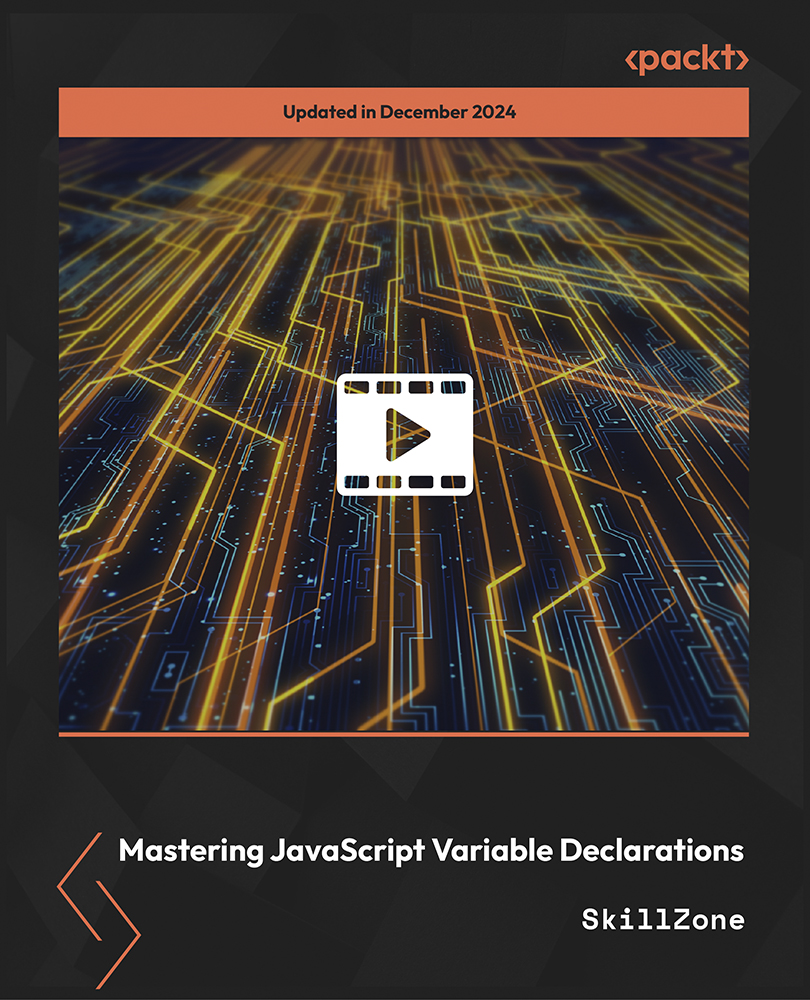Java Enterprise Edition (JEE, which was earlier called J2EE) has been around for many years now. It is a very robust platform for developing enterprise applications. J2EE was first released in 1999, but underwent major changes with the release of version 5 in 2006. Since version 5, it has been renamed Java Enterprise Edition (JEE). Recent versions of JEE have made developing a multi-tier distributed application a lot easier. J2EE had focused on core services and had left the tasks that made application development easier to external frameworks, for example, MVC and persistent frameworks. But JEE has brought many of these frameworks into the core services. Along with the support for annotations, these services simplify application development to a large extent.
Any runtime technology is not good without good development tools. The Integrated Development Environment (IDE) plays a major part in developing applications faster, and Eclipse provides just that for JEE. Not only do you get good code editing support in Eclipse, but you also get support for build, unit testing, version control, and many other tasks important in different phases of software application development.
In this chapter, we are going to cover the following topics:
- Introduction to different technologies in JEE
- Introduction to the Eclipse development environment
- Installation and configuration of some of the frequently used software in this book, for example, JEE servers, Eclipse IDE, and MySQL Database Server
The goal of this book is to show how you can efficiently develop JEE applications using Eclipse by using many of its features during different phases of the application development. But first, here is a brief introduction to JEE and Eclipse.
In 2017, Oracle agreed to hand over control of Java EE to Eclipse Foundation. In April 2018, Eclipse Foundation renamed Java EE as Jakarta EE. You can find more information about Jakarta EE at
https://jakarta.ee/. At the time of writing, the latest Java EE version is 8. But all future versions of Java EE will be called Jakarta EE.
 United States
United States
 Great Britain
Great Britain
 India
India
 Germany
Germany
 France
France
 Canada
Canada
 Russia
Russia
 Spain
Spain
 Brazil
Brazil
 Australia
Australia
 Singapore
Singapore
 Hungary
Hungary
 Ukraine
Ukraine
 Luxembourg
Luxembourg
 Estonia
Estonia
 Lithuania
Lithuania
 South Korea
South Korea
 Turkey
Turkey
 Switzerland
Switzerland
 Colombia
Colombia
 Taiwan
Taiwan
 Chile
Chile
 Norway
Norway
 Ecuador
Ecuador
 Indonesia
Indonesia
 New Zealand
New Zealand
 Cyprus
Cyprus
 Denmark
Denmark
 Finland
Finland
 Poland
Poland
 Malta
Malta
 Czechia
Czechia
 Austria
Austria
 Sweden
Sweden
 Italy
Italy
 Egypt
Egypt
 Belgium
Belgium
 Portugal
Portugal
 Slovenia
Slovenia
 Ireland
Ireland
 Romania
Romania
 Greece
Greece
 Argentina
Argentina
 Netherlands
Netherlands
 Bulgaria
Bulgaria
 Latvia
Latvia
 South Africa
South Africa
 Malaysia
Malaysia
 Japan
Japan
 Slovakia
Slovakia
 Philippines
Philippines
 Mexico
Mexico
 Thailand
Thailand
















